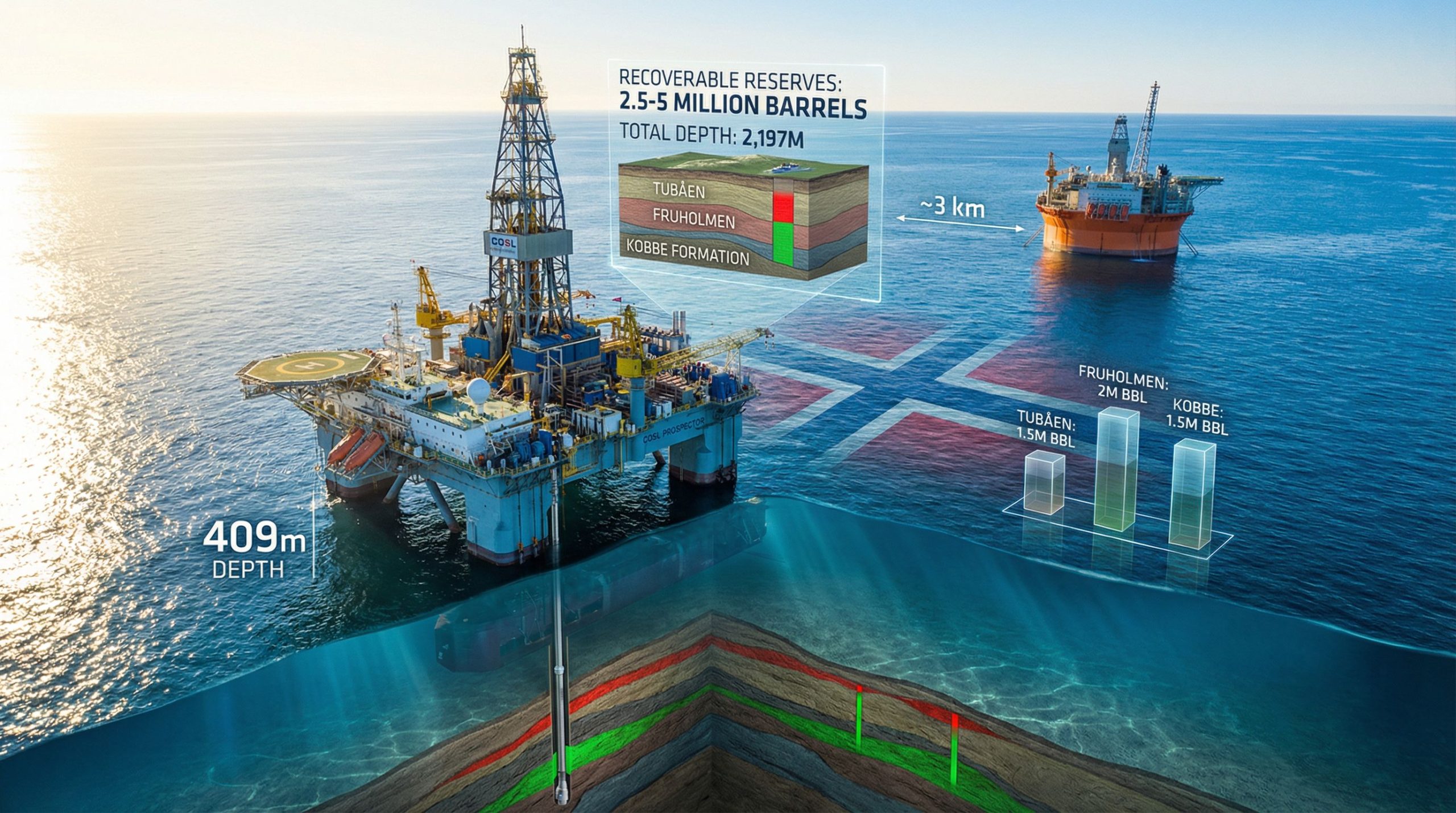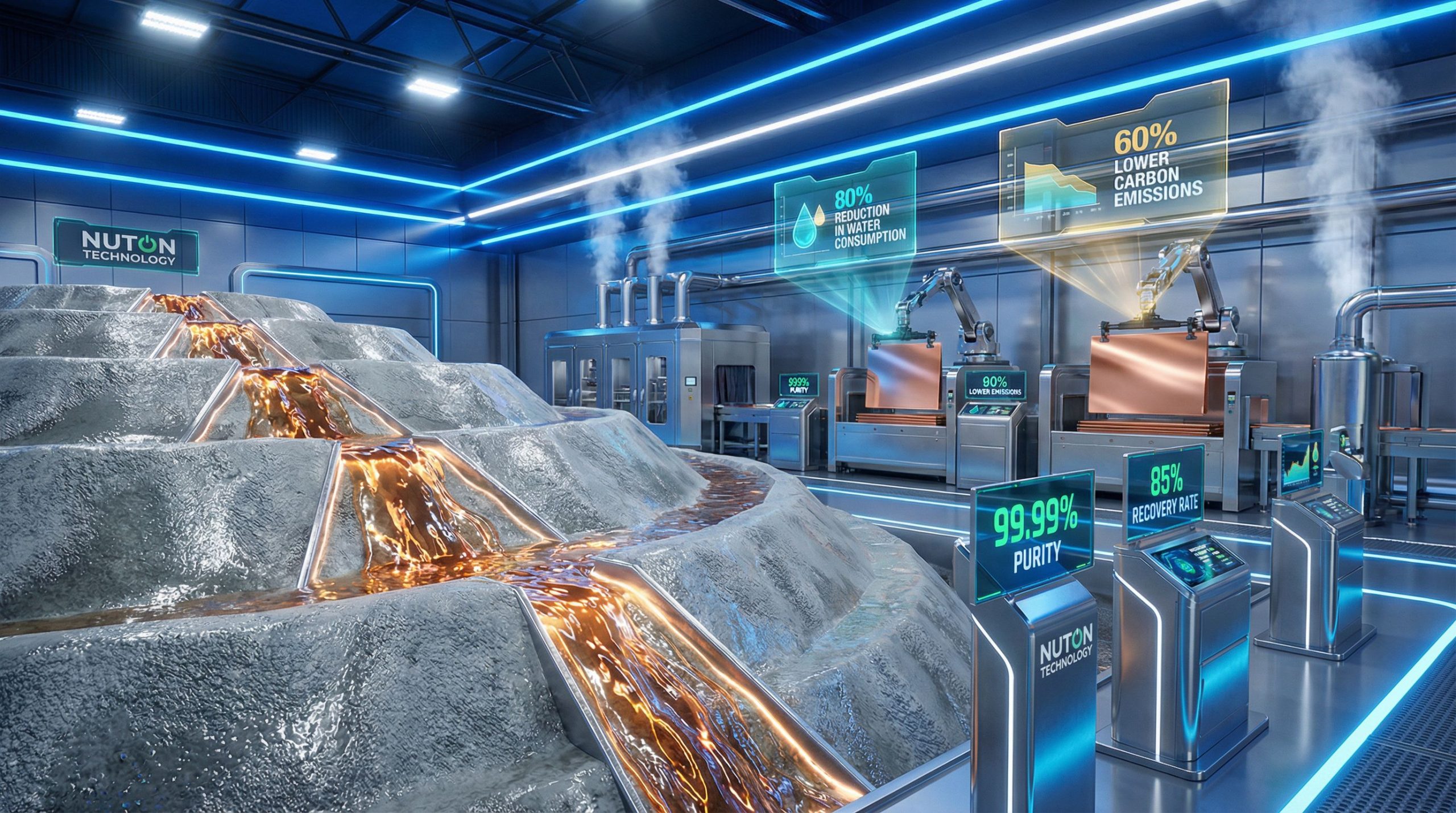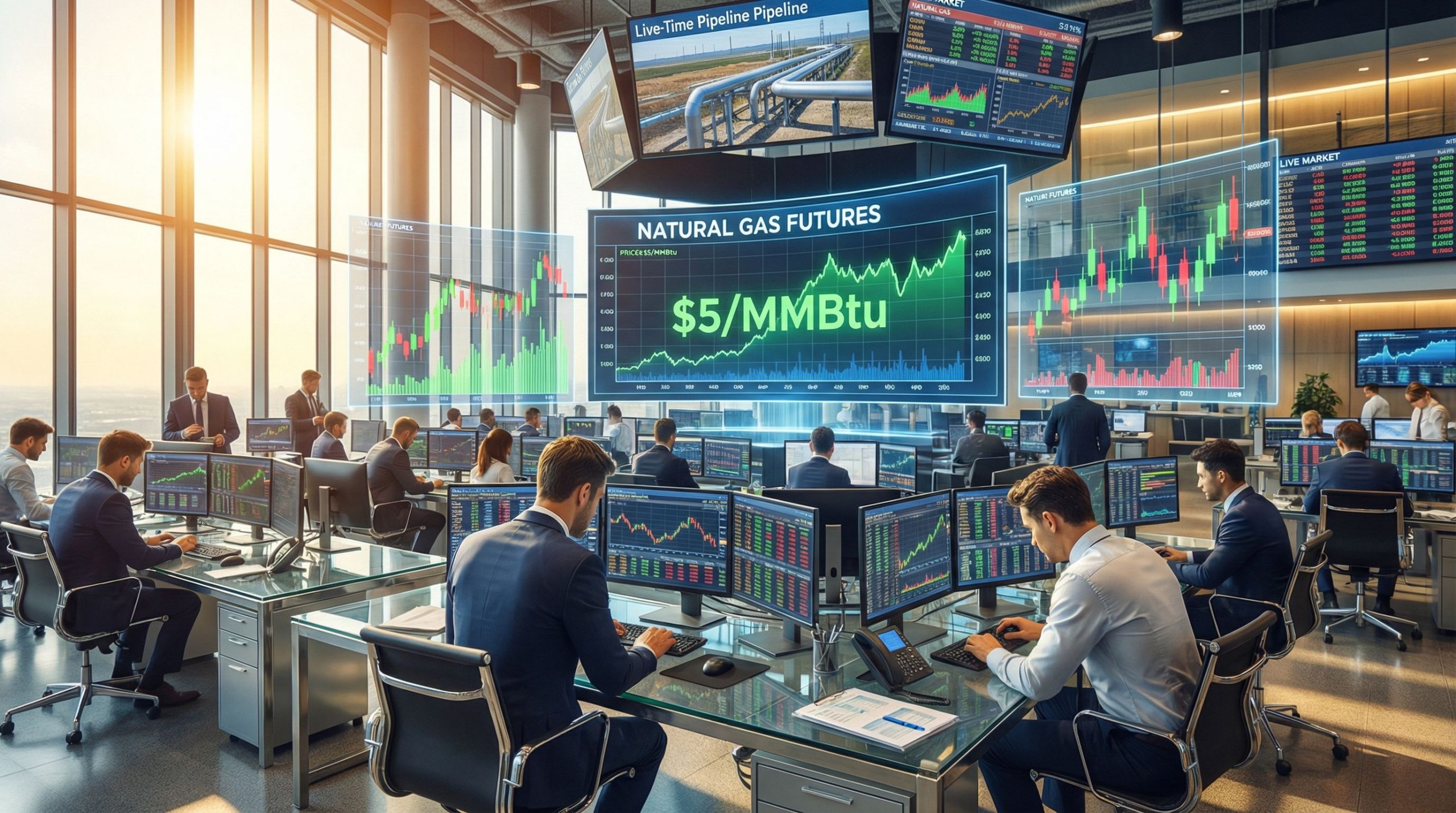The Tungsten Market's Unprecedented Surge: APT Prices Hit Record Highs
The tungsten market is experiencing a dramatic price rally as ammonium paratungstate (APT) reaches unprecedented levels in mid-2025. This essential intermediate product has captured the attention of industrial buyers, suppliers, and market analysts as prices continue their upward trajectory amid tightening supply conditions.
Current Market Conditions and Price Movements
The price of ammonium paratungstate has rapidly risen to 260,000-262,000 yuan/mt as of July 16, 2025, according to the latest Shanghai Metal Market (SMM) data. This represents a significant single-day increase of 4,000 yuan/mt from the previous trading session, underscoring the market's volatility.
Meanwhile, black tungsten concentrate (65% grade) is trading at 178,000-179,000 yuan/mt, having climbed 1,000 yuan/mt in the same period. These current price levels establish a new historical high for APT in the Chinese market, which serves as the global benchmark for tungsten products.
Market Alert: The current APT price of 260,000 yuan/mt represents not just a new record, but also one of the steepest month-over-month increases observed in the past five years of tungsten trading.
The rapid price acceleration has sent shockwaves through industrial supply chains that depend on tungsten for critical applications, forcing procurement managers to reassess both short and long-term sourcing strategies.
Supply-Side Constraints Driving the Rally
Several key factors are creating the perfect storm for tungsten prices:
- Strategic inventory management – Ore suppliers are deliberately withholding inventory, anticipating further price appreciation in the coming weeks
- Persistent low inventory – Market stocks remain critically low throughout the entire supply chain
- Contract prioritization – Upstream suppliers are focusing primarily on fulfilling existing long-term contracts
- Quote withdrawals – Multiple APT producers have ceased providing spot market quotations altogether, focusing exclusively on contract deliveries
This combination of supply-side constraints has created an increasingly tight market where even moderate demand can trigger significant price movements. The reluctance of suppliers to release material into the spot market has exacerbated the price discovery process, leading to sharper daily fluctuations.
How Does the Tungsten Supply Chain Function?
Understanding the current market dynamics requires familiarity with tungsten's journey from mine to market.
From Ore to Processed Materials
The tungsten supply chain follows a clear progression:
- Mining and concentration – Raw tungsten ore is extracted and processed into tungsten concentrate (typically 65-75% WO₃)
- Chemical conversion – Concentrate undergoes chemical processing to create ammonium paratungstate (APT)
- Intermediate products – APT serves as the critical precursor for various tungsten products
- Powder production – APT is reduced to create tungsten metal powder and tungsten carbide powder
- End-use manufacturing – These powders become the building blocks for cutting tools, drill bits, and other industrial applications
This linear supply chain means disruptions at any stage have cascading effects. The current tight ore supply directly impacts production economics for APT manufacturers, creating bottlenecks that ripple throughout the entire value chain.
Cost Pressures and Producer Responses
APT smelters are confronting unprecedented cost pressures from the skyrocketing raw material prices. The typical 4:1 cost relationship between concentrate and APT means that every 1,000 yuan increase in ore prices typically translates to approximately 4,000 yuan in additional APT production costs.
This cost pressure has triggered several strategic responses from producers:
- Price protection – Manufacturers have become increasingly reluctant to sell at lower prices, preferring to raise quotations instead
- Contract focus – Many producers are prioritizing fulfilling long-term contract obligations over spot sales
- Cost pass-through – The cost-driven price increases are being passed along the supply chain to downstream buyers
- Production adjustments – Some smelters are reportedly reducing output rather than operating at a loss
These responses have created a self-reinforcing cycle where supply tightness leads to higher prices, which in turn encourages further inventory hoarding and production caution.
What Factors Are Supporting the Tungsten Market Strength?
The tungsten rally isn't solely based on supply constraints, but also on broader market dynamics and sentiment.
Market Sentiment and Expectations
Industry participants are displaying notably optimistic outlooks for future market conditions, with several sentiment indicators pointing toward continued strength:
- Increased buyer activity – Traders and downstream producers show heightened willingness to restock
- Transaction volume – Market confidence has been boosted by active buying despite elevated prices
- Forward expectations – Both buyers and sellers anticipate sustained price strength
- Inventory strategy shifts – Companies throughout the supply chain are reassessing optimal stock levels
This positive sentiment creates a psychological backdrop that reinforces price increases, as buyers become more willing to accept higher prices rather than risk future procurement challenges.
Industry Developments and Pricing Mechanisms
Several structural developments are providing additional support to current price levels:
- Contract price adjustments – Mainstream enterprises adjusted long-term contract prices upward in early July
- Reference price stability – These contract adjustments have provided a stable pricing floor for spot transactions
- Cost fundamentals – The persistent cost-driven factors remain dominant in tungsten pricing
- Demand resilience – Despite price increases, industrial demand has remained relatively stable
The combination of these factors has created a market environment where each price increase becomes more easily accepted, reinforcing the upward trajectory. Similar patterns can be observed in iron ore price trends where market sentiment plays a crucial role in price movements.
How Are Market Participants Responding to Current Conditions?
Market participants throughout the supply chain are adapting their strategies to navigate the challenging price environment.
Buying Patterns and Transaction Dynamics
Downstream buyers are exhibiting several distinct behavioral patterns:
- Just-in-time procurement – Most are primarily restocking based on immediate production needs
- Transaction selectivity – Overall market transactions remain "moderate" despite the price increases
- Forward buying – Some buyers are accelerating purchases due to concerns about further price appreciation
- Price acceptance – Transaction centers for spot orders continue to rise as buyers adapt to new price realities
This mix of cautious necessity-based buying and strategic forward purchasing is creating an uneven demand pattern that further complicates market dynamics.
Strategic Inventory Management
The current environment has transformed inventory from a cost center to a strategic asset:
- Supplier strategies – Upstream suppliers are deliberately managing their stocks to maximize profitability
- Downstream dilemmas – End-users face difficult decisions about optimal inventory levels
- Just-in-time challenges – Traditional low-inventory strategies are being tested by rising prices and supply uncertainty
- Risk assessment shifts – The balance between holding costs and price risk is dramatically changing
Companies that previously focused on minimizing inventory carrying costs are now weighing those savings against the risk of paying significantly higher prices for future procurement or facing production disruptions due to material shortages. This situation mirrors challenges seen in other metals markets, including recent copper price insights where strategic inventory management has become increasingly important.
What Are the Short-Term Market Outlook and Implications?
As market participants look toward the remainder of 2025, several factors will influence tungsten's trajectory.
Price Trajectory and Influencing Factors
The near-term outlook suggests continued strength in tungsten prices:
- Supply constraints – The tight ore supply situation is expected to persist through at least Q3 2025
- Cost support – Strong cost-driven factors continue to provide a solid floor for tungsten prices
- Contract structure – Long-term contract price adjustments from early July establish a foundation for market stability
- Sentiment indicators – Market confidence remains high among industry participants
While some potential downside risks exist—such as a broader industrial slowdown or unexpected supply increases—the fundamental factors supporting current price levels appear robust. Analysts from major industry publications like Fastmarkets have identified multiple structural factors behind Chinese tungsten's multi-year price highs.
Industry Impact Assessment
The sustained high prices are creating varied impacts across industries:
- Margin compression – Processing facilities face significant pressure from rising raw material costs
- Procurement strategy shifts – End-users may need to adjust buying patterns and price expectations
- Supply chain resilience testing – Just-in-time inventory systems are being challenged by current conditions
- Alternative sourcing consideration – Some buyers may explore recycled tungsten or alternative materials
For companies using tungsten in critical applications, the current price environment necessitates a strategic reassessment of procurement practices, inventory management, and possibly even product pricing models. These challenges highlight the growing importance of mineral beneficiation opportunities to maximize value from limited resources.
Industry Perspective: The sustained price rally is forcing industrial consumers to reconsider tungsten's traditional role as a relatively stable-priced input. Companies that previously devoted little attention to tungsten procurement are now finding it requires executive-level attention as both a cost and supply chain risk factor.
FAQ: Understanding the Tungsten Market
What is ammonium paratungstate (APT) and why is it important?
Ammonium paratungstate (APT) is a critical intermediate product in the tungsten supply chain, serving as the primary precursor for tungsten metal powder and tungsten carbide production. Its price movements directly impact numerous industries including automotive, aerospace, electronics, and mining.
What applications rely on tungsten and its derivatives?
Tungsten is essential for manufacturing cutting tools, drill bits, mining equipment, electrical contacts, radiation shielding, and high-temperature applications. Its exceptional hardness, high melting point, and density make it irreplaceable in many industrial applications.
How do tungsten prices affect manufacturing costs?
Rising tungsten prices increase production costs for manufacturers of cutting tools, drill bits, and other tungsten-containing products. These increased costs may eventually be passed on to end-users across various industries, potentially affecting pricing for consumer and industrial goods.
What factors typically influence tungsten pricing?
Tungsten prices are influenced by supply-demand balance, production costs, mining output, environmental regulations, geopolitical factors affecting major producing regions, inventory levels, and industrial demand from key sectors like automotive and aerospace. As with gold's record highs analysis, geopolitical factors can significantly impact metal prices.
Key Market Statistics and Comparisons
| Product | Current Price (yuan/mt) | Daily Change (yuan/mt) | Market Status |
|---|---|---|---|
| APT (≥88.5%) | 260,000-262,000 | +4,000 | New high reached |
| Black Tungsten Concentrate (65%) | 178,000-179,000 | +1,000 | Stable increase |
Market Insight: The rapid price increase in APT, reaching 260,000 yuan/mt, represents one of the most significant short-term price movements in recent years for the tungsten market. This trend highlights the sensitivity of specialized metal markets to supply constraints and cost pressures.
Further Exploration
Readers interested in learning more about tungsten market dynamics can also explore related educational content, such as the market analysis available on Shanghai Metal Market's website. For a broader understanding of material supply chains, the USGS Mineral Commodity Summaries provide valuable context on tungsten and other critical minerals energy transition metals.
Disclaimer: This market analysis is based on information available as of July 16, 2025. Commodity markets are inherently volatile, and prices may fluctuate significantly after publication. This article is intended for informational purposes only and should not be considered investment advice.
Want to Stay Ahead of the Next Major Mineral Discovery?
Gain instant notifications of significant ASX mineral discoveries with Discovery Alert's proprietary Discovery IQ model, turning complex market data into actionable trading opportunities. Understand why major discoveries like tungsten can lead to exceptional market returns by exploring our dedicated discoveries page and start your 30-day free trial today.




